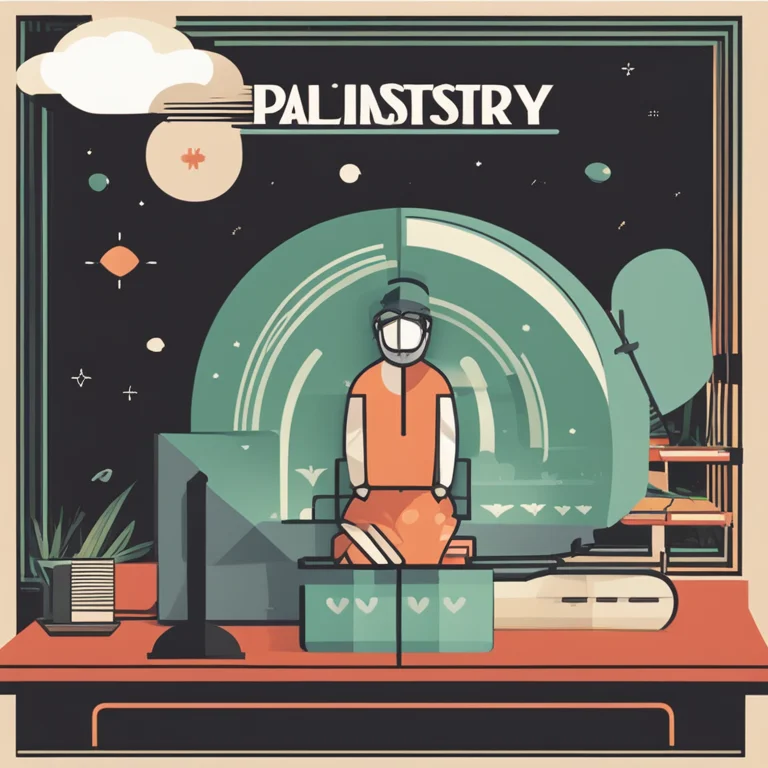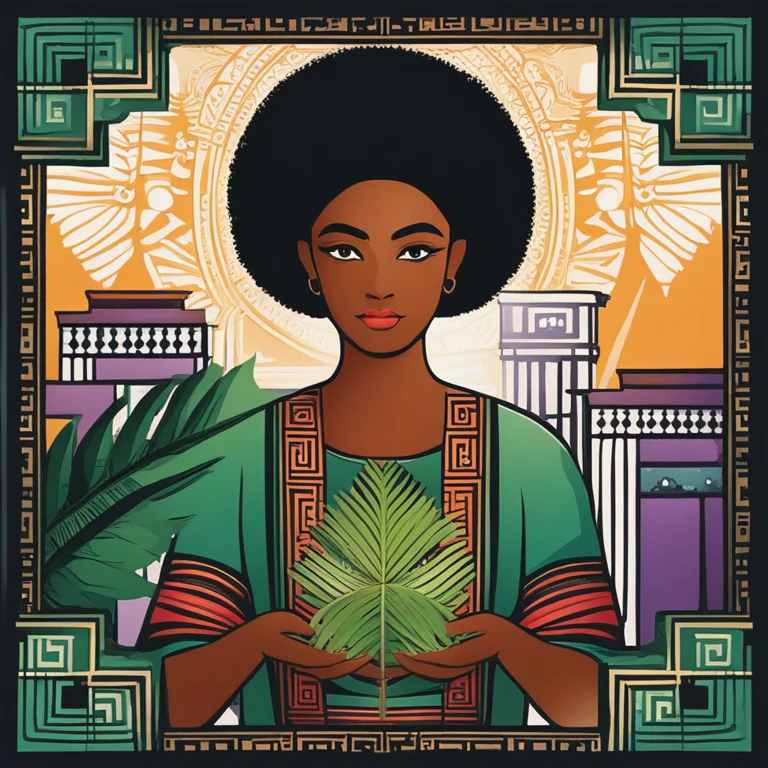
The Palmistry Predicament: Is It Reality or Myth?
Delve into the realm of palmistry to discern whether this ancient practice holds truth or is rooted in centuries-old beliefs.
article by Nora Pennington
Palmistry's Historical Hands
Palmistry, or chiromancy, has been a subject of human curiosity for centuries, dating back to ancient civilizations like the Greeks and Indians who sought to understand more about a person's life and character through the lines of their hands. The practice, despite its age, persists in the modern era, capturing the intrigue of people worldwide. Followers of palmistry stand by its potential to reveal insights into one's future, health, and intrinsic personality traits. However, palmistry, like many divination practices, faces skepticism from scientific communities due to the lack of empirical evidence supporting its claims.

Scientific Scrutiny and Palmistry
The scientific outlook on palmistry is one of skepticism. Mainstream science requires empirical, repeatable evidence to support claims, and, to date, palmistry has not met these criteria. Critics argue that the practice is a pseudoscience, relying on the Forer effect, where individuals believe vague, general statements to be highly accurate for them personally. Nonetheless, some psychological studies suggest that belief in such practices can have a placebo effect, leading to positive personal outcomes simply because individuals believe in the efficacy of the guidance provided.

Personal Insights or Placebo?
Although scientific proof of palmistry's effectiveness is scant, proponents argue that there is a psychological component to palm readings that can be beneficial to the individual. Believers often report feelings of enlightenment and reassurance after a session, which may contribute to improved mental well-being. The question remains however: Is the perceived effectiveness of palmistry the result of genuine insight or a well-meaning placebo?

Practical Applications of Palm Readings
In many cultures, palm readings are integrated into daily life as a guide for making decisions or understanding oneself better. Even without scientific backing, palmistry is used in personal development workshops and by individuals who attest to its value in self-reflection and decision-making. This illustrates that, in certain contexts, palmistry is appreciated for its narrative rather than its veracity.

Modern-Day Palmistry and Technology
As we progress further into the 21st century, palmistry has found new life through technology. There are now applications and online services that claim to analyze palm lines through sophisticated algorithms and artificial intelligence. This new digital coat doesn't change the fundamentals of palmistry but does indicate a persistent desire for such personal insights, shaped by modern-day expectations and digital convenience.
The Final Verdict on Palmistry
Ultimately, whether palmistry is considered 'real' may be subjective and dependent on personal belief systems. Its lack of scientific endorsement does not deter individuals who find value in the practice, whether through tradition or personal conviction. As society marches forth, palmistry appears to remain, as ever, an alluring mystery straddling the line between lore and the search for self-understanding.
Published: 1/11/2024
Modified: 1/11/2024
More predictions
Come back here soon to learn more about yourself and your future


The Secrets of the Jupiter Mount & Palmistry
Discover the significance of the Jupiter Mount in palm reading and how it reflects your leadership and ambition.


The Impact of the Jupiter Mount in Palmistry
Discover the impact of the Jupiter Mount on your life through palm reading. Learn about its meaning and significance in palmistry.